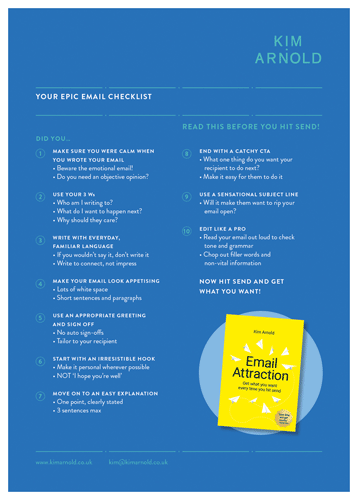You can keep your Tamazepam. Your whale music. Your meditations, lavender pillows and hot baths.
Why? Because I have the ULTIMATE cure for insomnia.
It’s not expensive.
It’s low tech.
And it sends me to sleep in seconds.
So what’s my sleep-inducing secret…..?
Well….it’s a book on physics.
And when I read it, it goes something like this:
Page 1 – begin to yawn.
Page 2 – eyelids feel heavy.
Page 3 – head starts to nod.
Page 4 – deep, deep sleep.
Now it’s not because this book is boring – far from it in fact.
It’s fascinating. It’s written in an engaging style. It fills in the (embarrassingly many) gaps I have in my knowledge about how the universe was made.
But the subject matter is still, for me, complex. It’s still alien to me. I have to work really hard to keep up with the author, reading and rereading passages until I get them. This takes HUGE amounts of mental effort, and sometimes my brain just decides it’s had enough. And that’s when I start to nod off.
It’s well documented that the brain uses more energy than any other human organ, accounting for up to 20 percent of the body’s total haul. So when we ask a lot of our brains, we can become very tired, very quickly.
And this is vital to remember when we’re communicating complicated or new information to our audiences.
We often think ‘They’re intelligent people, they’ll keep up’! So we fire complex information at them for hours on end as if with a riot hose, expecting them to absorb it when in reality they’re pinned to the wall, drowning in information overload.
And the result? Yes, you’ve guessed it, we send them off to the Land of Nod. And no-one wants that.
How do we avoid sending our clients to sleep?
Well, even if we have the most engaging delivery, we still need to limit the amount of information that we communicate at any one time.
Before you write or present anything, ask yourself these three things:
- How much does my audience already know about my topic?
- Are there any ‘nice-to-haves’ that I can cut out for now?
- How can I break it up into chunks, allowing for regular breaks or pauses?
By using these techniques to focus on only what’s MOST important and communicate in a bite-sized way, you’re much more likely to have a receptive, wide-awake audience.
Less is most definitely more.
And if you’re having trouble sleeping, you’re welcome to borrow my book anytime…


